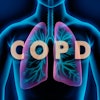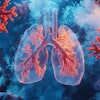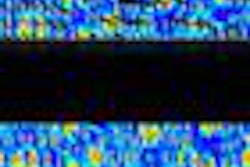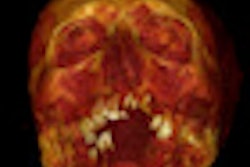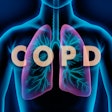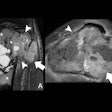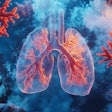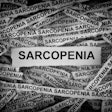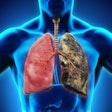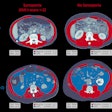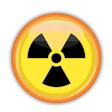VIENNA - Multislice CT can solve the mystery behind unknown or suspected infection and alter treatment plans to provide more effective therapy, according to a German study presented on Sunday at ECR 2013.
Researchers from University Hospital Regensburg found that multislice CT revealed the source of clinically obscure infection sources in 32% of cases and led to a change in treatment among 62% of patients in the study.
"Multislice CT is not only of great relevance for making the right diagnosis in patients suffering from clinically obscure infection, it can also make an important contribution to optimizing therapy in those critically ill patients," said lead study author Dr. Stephan Schleder from the department of radiology.
The retrospective analysis of 525 patients covered a period of 24 months. Data were collected from the hospital's RIS on 326 men and 199 women, who had a mean age of 59 years (range, 1-99 years).
All patients underwent multislice CT due to clinically uncertain infection without an obvious cause: 96 patients had a CT of the thorax, 101 received a CT of the abdomen, and 328 had simultaneous CT of both the thorax and abdomen.
At the time of the CT scans, there were 99 cases of immunosuppression, and 142 patients had undergone surgery within the previous two weeks before their imaging exams.
Of the 525 patients, multislice CT could not detect the source of the infection in 234 (47%); however, the modality did confirm the clinically suspected diagnosis in 121 patients (23%), according to the researchers.
Furthermore, "what is most relevant is that multislice CT revealed a new and unsuspected diagnosis in 170 patients, or 32% of our study population," Schleder said in his ECR presentation.
Breaking down the findings even more, CT contributed to a total of 217 diagnoses. Pneumonia infection was the most common affliction, at 102 cases (47%), followed by 25 patients (11%) with ischemic colitis and 25 other individuals with intra-abdominal abscess.
"What is more important than making the right diagnosis is the impact of the diagnosis made by multislice CT on the further treatment of the patient," Schleder said.
Among the 121 patients for whom CT confirmed the clinically suspected cause of infection, 40 (24%) had a change in treatment. Among the 170 patients with a new diagnosis, the treatment and therapy strategy changed for 129 (76%).
Changes in treatment included 98 patients (52%) being given new antibiotics, 41 (42%) undergoing surgery, and 37 (38%) receiving percutaneous abscess drainage.
Multislice CT appears to be very useful for both obtaining the correct diagnosis and optimizing therapy in patients with a clinically obscure infection, Schleder concluded.

